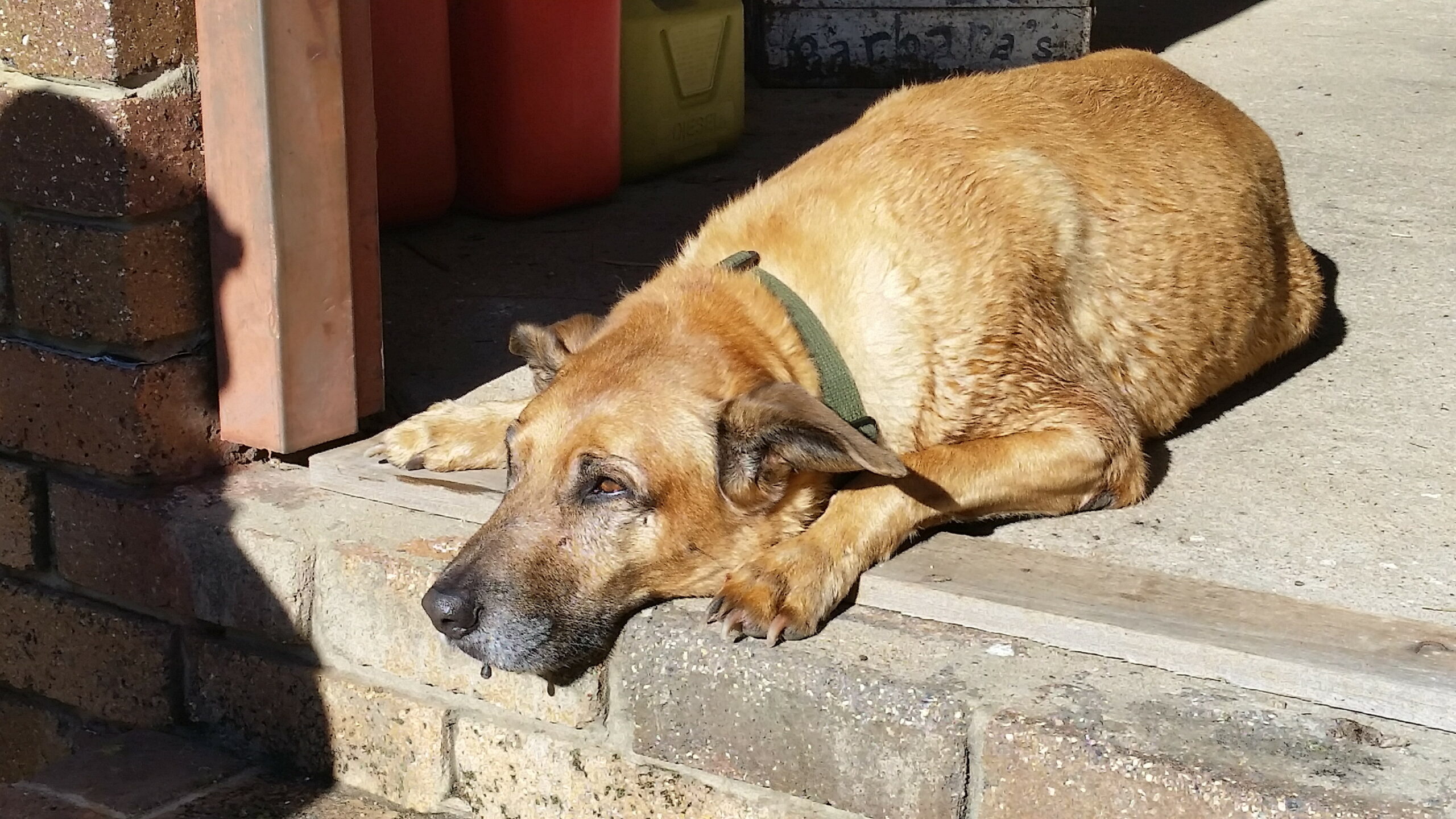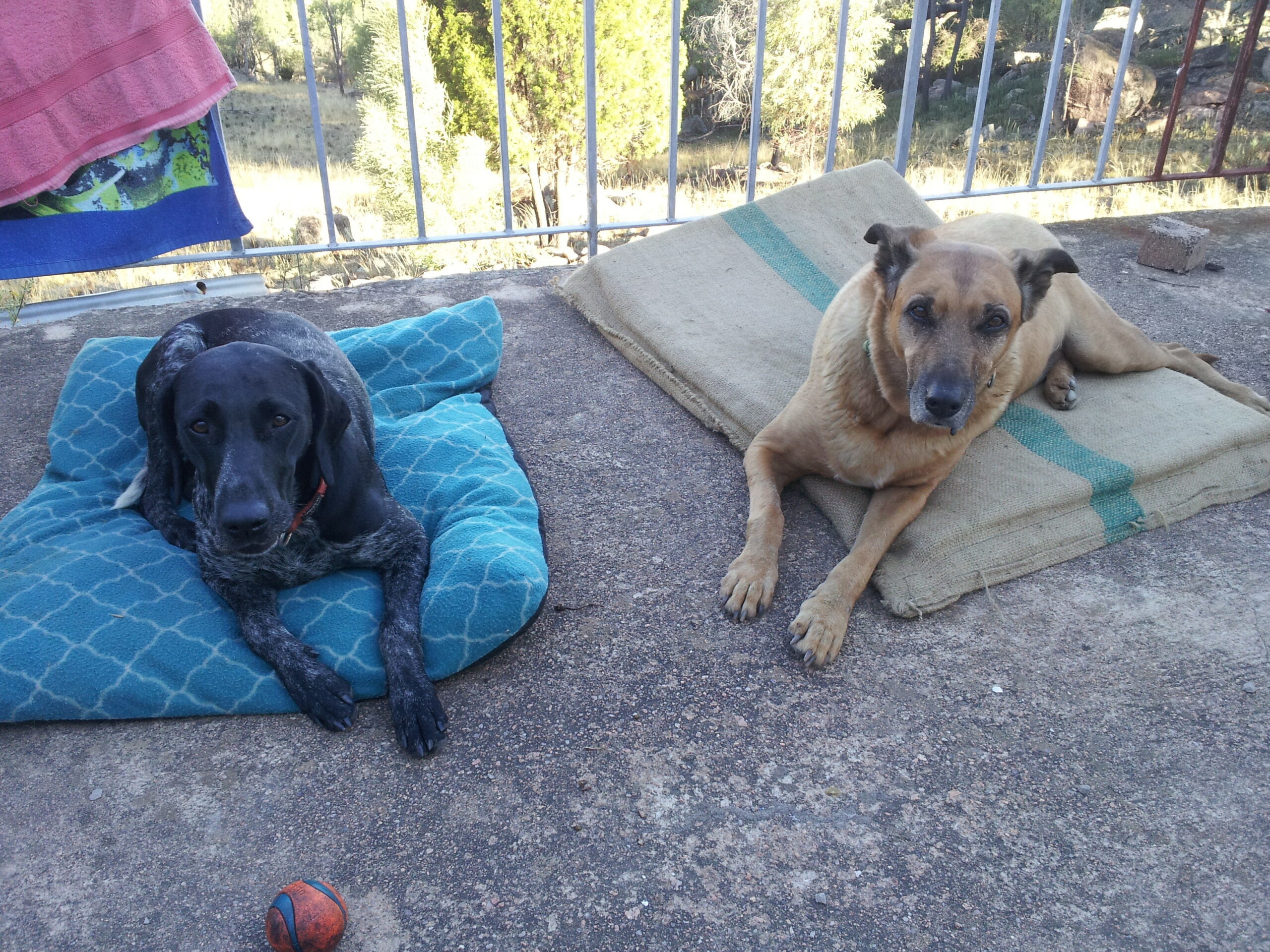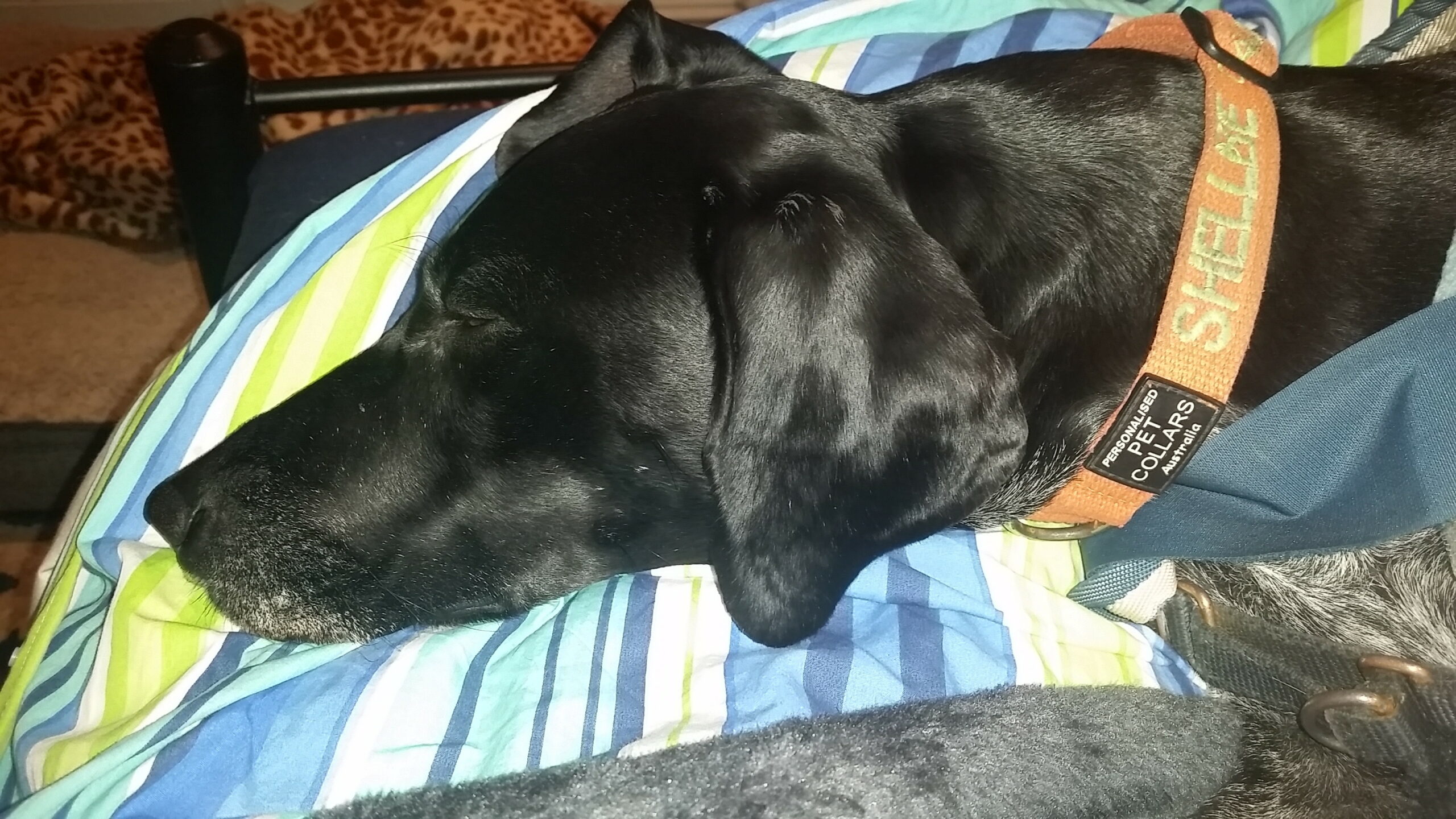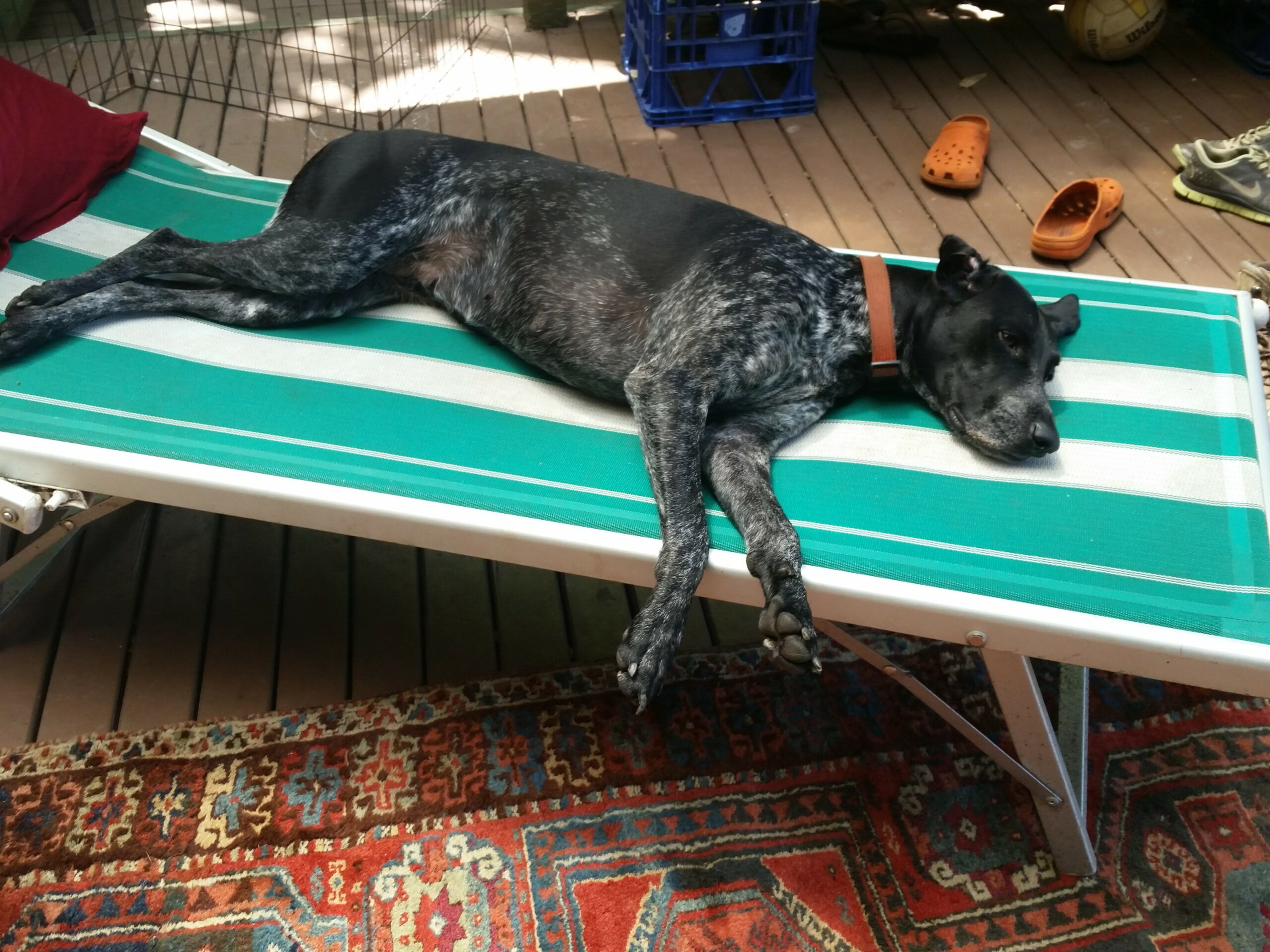Barks Blog
Bring Your Dog Inside, Have a Better Relationship and Much More Fun

I believe that a large majority of dogs would probably exchange the biggest backyard in the world for quality time with their owners.
Yet apartment dwellers are sometimes frowned upon for owning a dog. Here in Australia, however, strata laws are changing in favor of pet owners and renters. Personally, I firmly believe that dogs can live happily in an apartment with appropriate care and enough mental and physical stimulation
Dogs are very social animals, they want to be part of the family and they thrive on companionship. These days we probably get our dogs for companionship and they cannot do that job when left alone in the backyard for extended periods of time.
Having the dog permanently in the backyard does not make them a real part of the family. Outside dogs do not learn how to interact appropriately with humans and how to behave in the house and therefore cannot visit friends or relatives or go on a holidays.
Sometimes it becomes a vicious circle; the outside dog gets so excited when someone finally comes outside that they jump up and become over the top excited, which then causes the owners, especially the children, to come out even less and the dog spends more and more time isolated in the yard.
In my opinion dogs should have access to at least the living areas when we are at home, including sleeping inside at night. I do not think the backyard should be the area where the dog spends most of her time. Without appropriate supervision alone in the backyard, they first become unemployed and then self employed, meaning they might bark at every sound or movement to occupy them selves, dig up the lawn, chew the deck, the outdoor furniture and the pool lights.
If the dog has to spend time in the yard enrichment toys such as Kongs, food puzzles, other toys, protected resting areas and protection from heat, rain, cold and a secure water source are a must.
There are many benefits of having the dogs in the house:
- A much stronger bond develops between the human members of the family and the dog
- The dog is less likely to bark (day or night)
- They are calmer
- Better protection for you as inside dogs are more likely to deter intruders
- Better protection for the dog as they can and do escape or disappear from backyards
- Less stress for the dog and the owner
- Anecdotal evidence suggests that dogs that spend time with their owners in the house develop less behavioral problems than outside dogs
If we bring your puppy or rescue dog home, they have to earn the privilege to have free range in the house and this starts with house-training. Any dog (without a medical condition) can be trained to toilet outside or in a designated area.
A few points to consider are:
- In the beginning they need to go to the toileting area after a play, a sleep, about 20 minutes after a meal and every hour in between.
- Always bring them to the same area and encourage them to go to the toilet.
- If she does go to the toilet praise and give her a reward. It is also a good idea to spend a bit more time outside and have a play with them (after they have eliminated!) otherwise she might think once she goes to the toilet she always has to go back inside.
- If we cannot supervise our puppy, they should be left in a confined area where an accident does not matter, for example the laundry with newspaper on the floor, a play pen or similar.
- We should never punish your puppy if she makes a mistake because the puppy thinks she is punished for what she is doing and not where she is going. This can scare our puppy and we might spend a lot of time waiting in the backyard as the puppy will not go to the toilet in front of us because they are scared. (More information on house training)
In addition, we need to take responsibility for helping our dog to learn good behavior and house manners. Good manners don’t just happen. That means we have to spend time each day training them, making sure to reinforce the desired behaviors. Three to five short five to ten minute training sessions are in my opinion ideal.

One of the most important behaviors is to teach our dog to go to their bed and calm down. We can start by teaching the dog to be on her bed, maybe chewing on something, while we are close by. We should start with short periods of time and gradually make it longer. Once they are comfortable we can start moving the bed to a position we would like our dog to be when resting or sleeping in the house. The best position is a spot away from the hustle and bustle of our daily activities but still with the family. A corner in the family room might be ideal.
To have a calm dog in the home we need to provide daily exercise, aiming for a balance between mental and physical stimulation. Play fetch, go for a leisurely walk, do some training, and use some of their food in food dispensing toys. It is especially important to give them some mental and physical stimulation daily in the morning before you leave for work and then bring your dogs in with the rest of the family when you get home or you might consider leaving them inside when you are at work. You will have a better relationship and much more fun.



